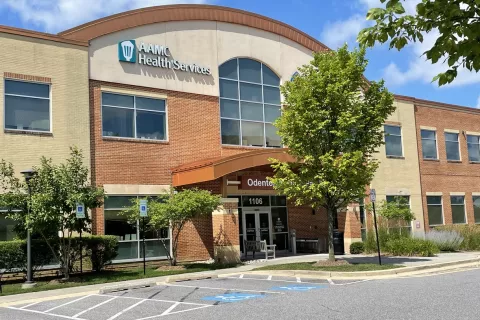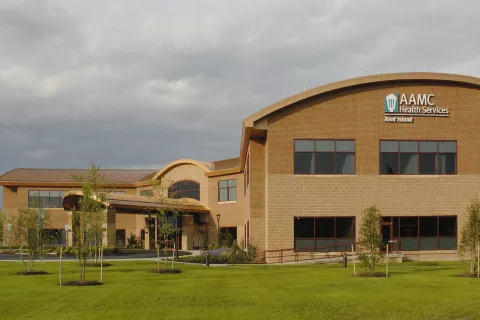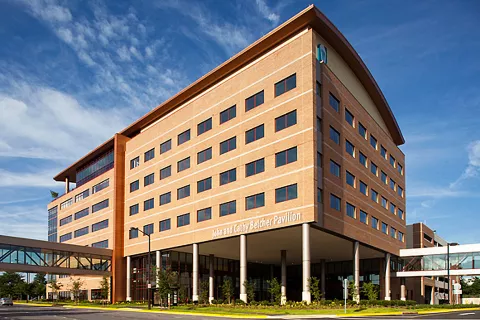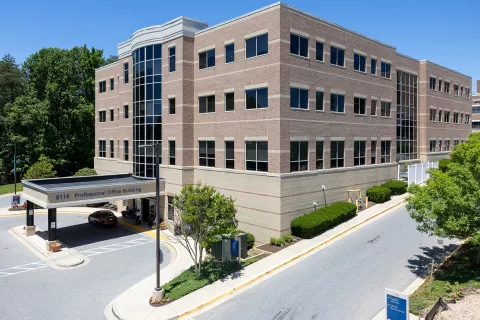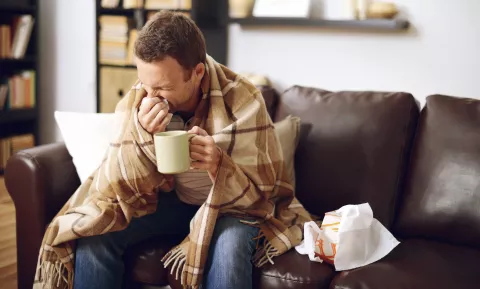We may stop growing, but our bones don't stop changing. Our bodies replace old bone tissue with new bone to stay strong. But as we get older and wiser, our bodies are less efficient at this regeneration process. This means you can lose bone faster than you build it.
When your bone density gets very low, it's called osteoporosis. It's often called a “silent disease" because you don't realize you have it until you break or fracture a bone.
When you fracture a bone, especially the hip or spine, those glory years of retirement are, well, less glorious. It's harder to get around, see friends, travel or shop for your grandkids.
A bone density scan, or DEXA screening, is a way to be proactive about your bone health. It tells you if you have osteoporosis or are at risk of developing it. With this information, you can take steps to improve your bone health. Things like weight-bearing exercise or taking supplements or medications can help.
Who Should Get a Bone Density Scan, or DEXA Test?
The country's top medical organizations recommend women over age 65 go for bone density scans to check for osteoporosis. Some men, as well as younger women, may also benefit from the test if they have extra risk factors like:
- Taking certain medications
- Genetics
- Early menopause
- How healthily you eat
- Whether you smoke or drink heavily
Your doctor can help you decide if you should get a bone density scan.
What Is a Bone Density Scan?
A bone density scan uses low-dose x-rays to measure bone density. It uses less radiation than you're exposed to naturally from the sun in a day, so it's safe.
The scanner sends two radiation beams – one that's absorbed by hard bone tissue and another that's absorbed by soft tissue. By comparing the two, doctors can determine bone density.

